No other Australian family has made such an ongoing and vital contribution to Australia’s military history as the Lovett family.
Twenty one (!) men and women from their family have served in the Australian Armed Forces from World War I to today. In fact, their contribution is unique in the entire commonwealth. And what’s more, they are aboriginal! Their patriarch, James Lovett was an aborigine from South Australia and their mother, Hannah (née McDonald), was from the Gunditjmara nation in Western Victoria. Her family lived at the Lake Condah Mission and after that closed they continued to reside in the area.
Alfred, Leonard, Frederick, Edward and Herbert were five brothers who served in WW1. Frederick was in the 4th Light Horse troops in the Middle East and the others were sent to the Western Front. Some participated in such battles as Pozières and Passchendaele.
In World War II, four of these brothers re-enlisted but served in Australia due to their age. Their younger brother, Samuel, and several other family members served overseas and in Australia in WWII. Leonard’s daughter, Alice, served with the Women’s Auxiliary Australian Air Force in WWII and his son, also named Leonard Charles, served in the Korean War. His grandson, Mervyn, served in the Vietnam War.
Frederick re-enlisted for WWII and served as a cook. His grandson, Sergeant Ricky Morris, is the most recent family member to serve with the army in the International Force in East Timor and in Afghanistan. Edward also served in WWII and his daughter, Sarah Pearl, served in the Australian Women’s Army Service during WWII.
Herbert was the youngest of the brothers to enlist in WWI aged 19 at the time. He was in a Machine Gun company and participated in the attack that broke the Hindenburg Line in 1918. He re-enlisted in WWII also serving as a cook. He was an organist and choir master at the Lake Condah church.
Most amazing of all, is that every one of the family returned, not only from WW1 but from every war in which they have served!
The family is the first family group to be inducted to the Victorian Indigenous Honour Roll.
The building which houses the Department of Veterans’ Affairs in Canberra has been re-named Lovett Tower in honour of their distinguished military contribution.
War is a great leveller of people, which is why many aborigines sought to join, despite not being regarded as citizens. They dearly wanted to prove their worth. They were treated equally while in the forces, but when they returned, they were given none of the rewards offered to white soldiers, such as RSL support and land grants. In fact, despite such a remarkable family contribution, when the Lovett’s returned, they found their traditional family land had been taken from them and given to some of the white soldiers they had served beside!!

PHOTO: Early Mold/rendition of what the Semakh Statue will look like upon completion.
Aborigines, at the beginning of WW1 were not officially allowed to enlist as they were not ‘white’ enough. Some, particularly the paler-skinned ones, slipped in pretending to be of other races, or by the wink and nod from the recruiting officer. Later, as recruits became harder to find, the rules were relaxed. By 1918, the ‘Black Watch’ from Queensland, which was almost entirely aboriginal (at least 26 aborigines), joined the 11th Light Horse Regiment and participated in the battle for the Semakh railway station, at the foot of the Sea of Galilee. One of these was Jack Pollard, whose story was told in the April edition of this newspaper. A ‘Black Watch’ is being resurrected in Queensland and had its inaugural even on Anzac Day 2019 at Gatton. One of those aboriginal horsemen, Jack’s grandson, John Pollard, is the model for the statue, created by Jennifer Marshall, which is to be unveiled in Semakh in September.
The 30 cm model is complete and will be 3D printed in Israel to full size and erected on site for the grand opening. About 75% of the necessary funds have been raised for this project, and C4Israel is kindly donating dollar for dollar.
Let us all offer a small token of thanks to the over 1,000 indigenous troopers who put their lives on the line in WW1 and give them the honour due to them but denied them at the time. This statue is the first of its kind and a small way we can give the aboriginal soldiers a lasting memory on the soils they fought to liberate.
Donations can be made at www.c4israel.com.au/semakh-statue. Lest we forget.
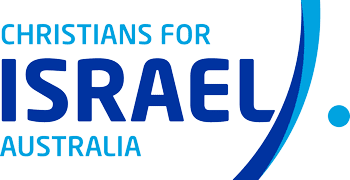

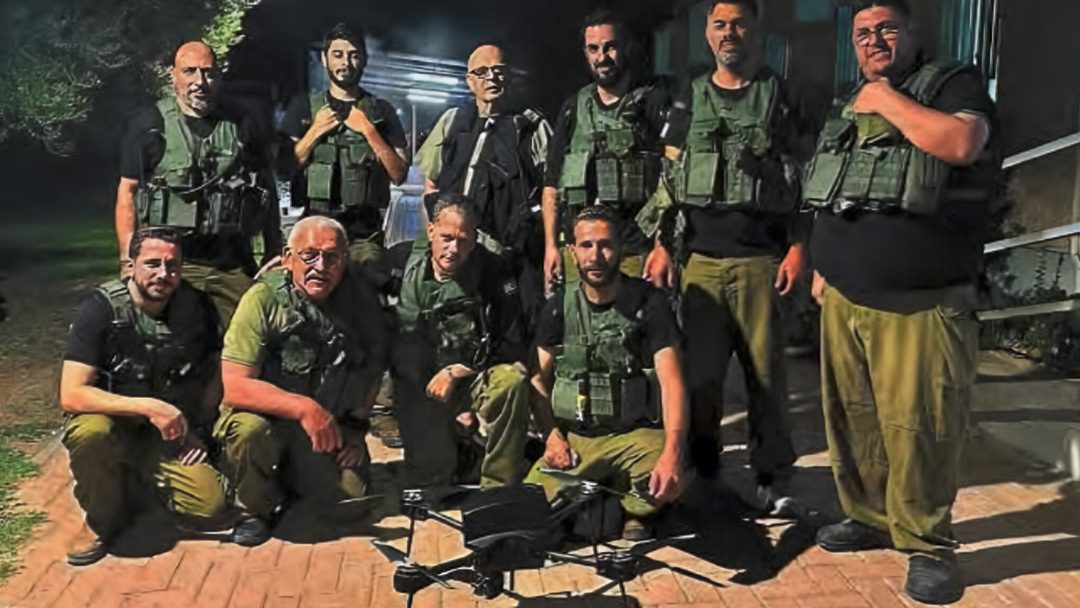
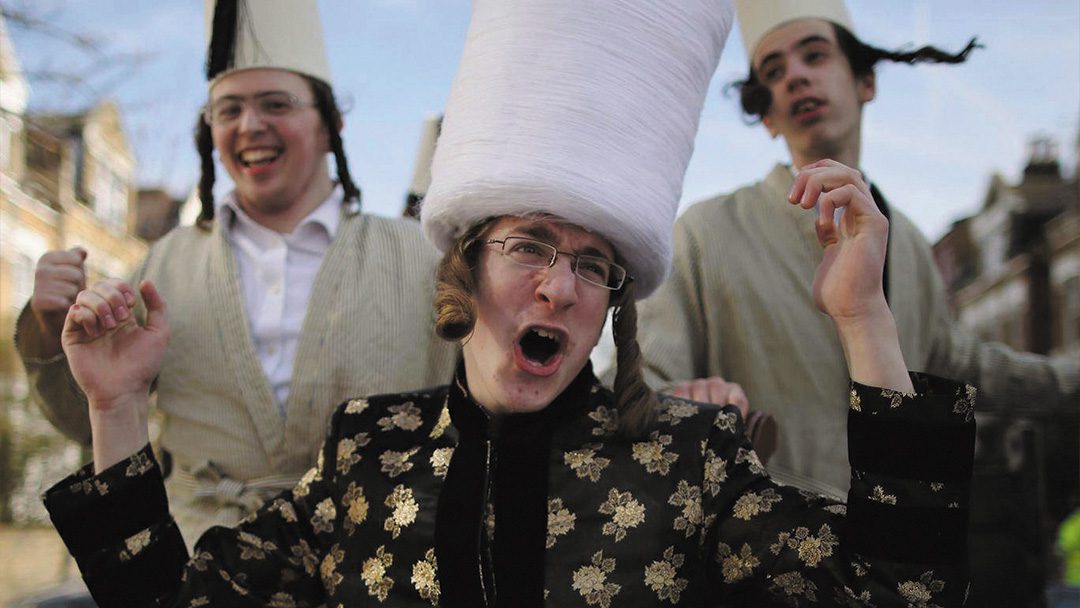
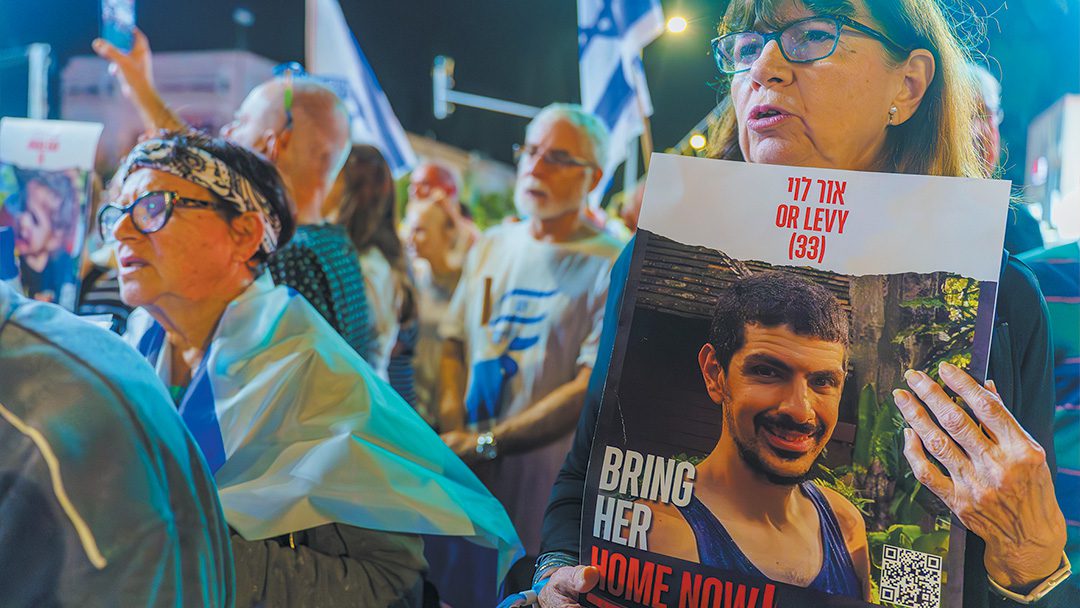

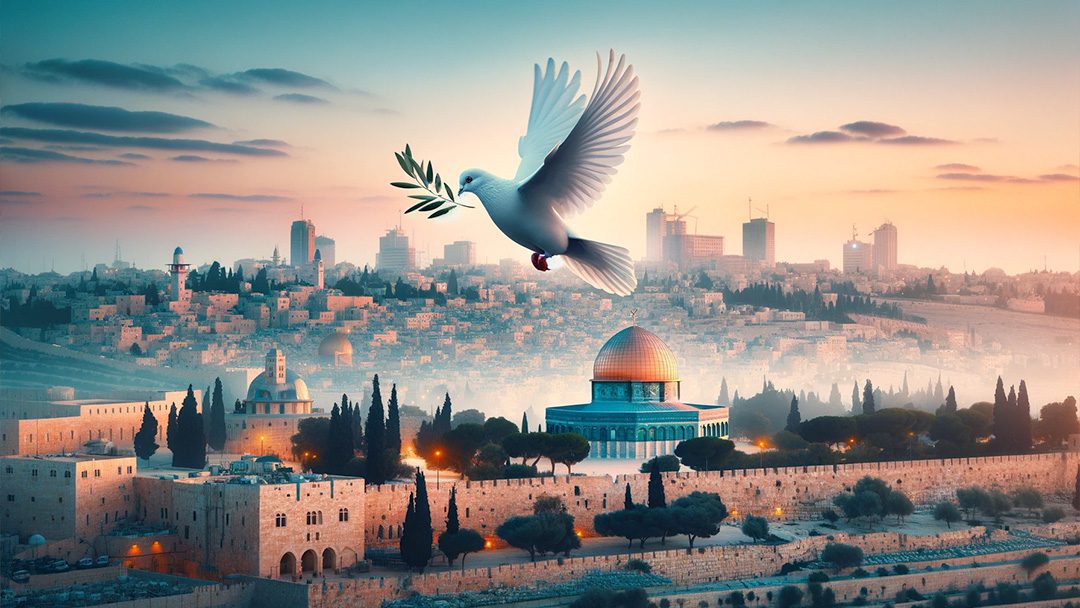
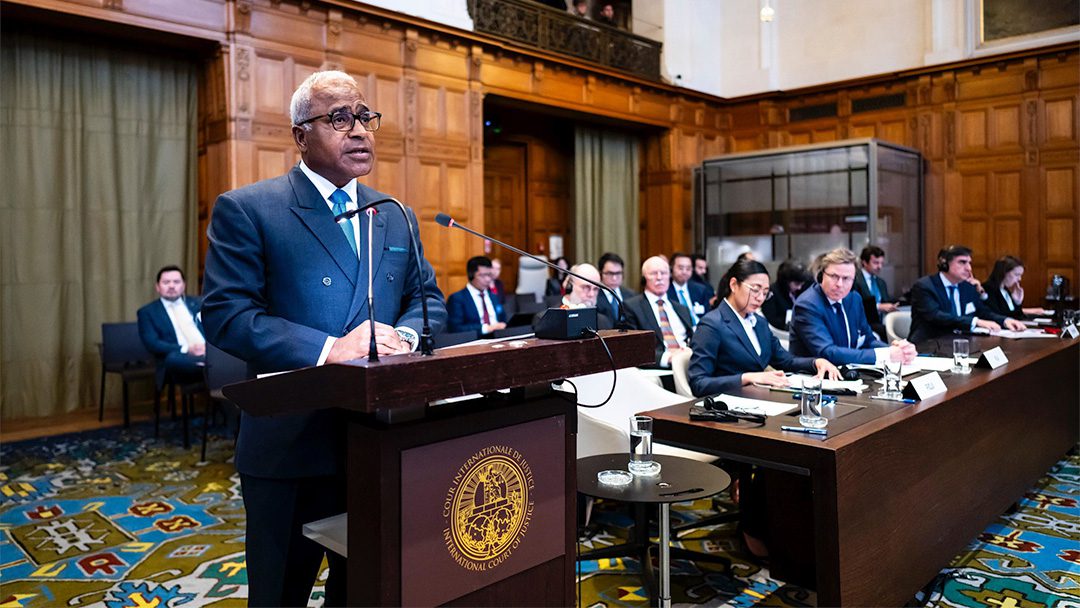

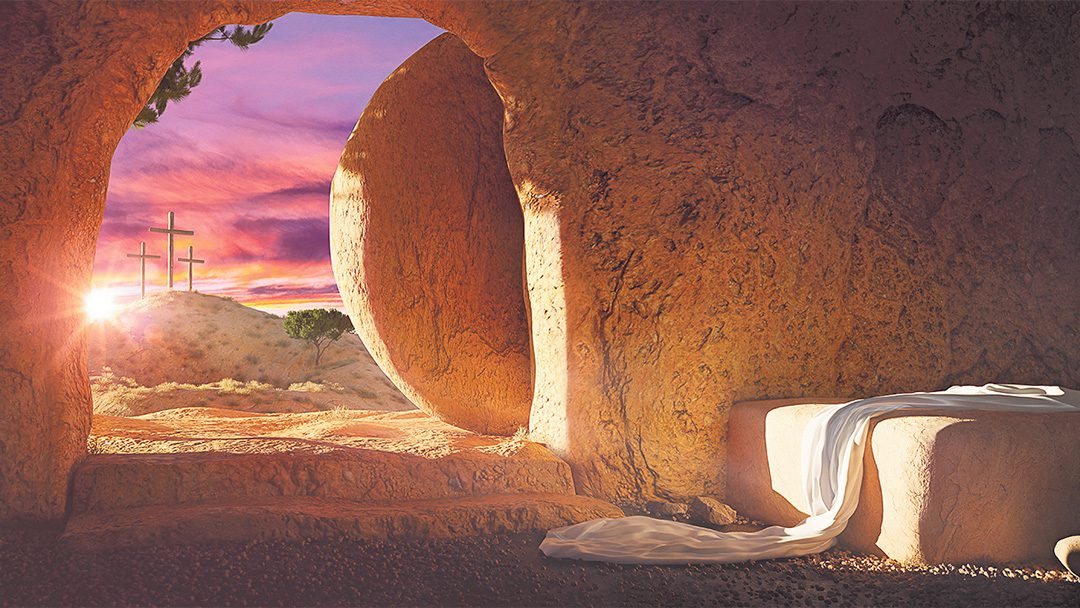
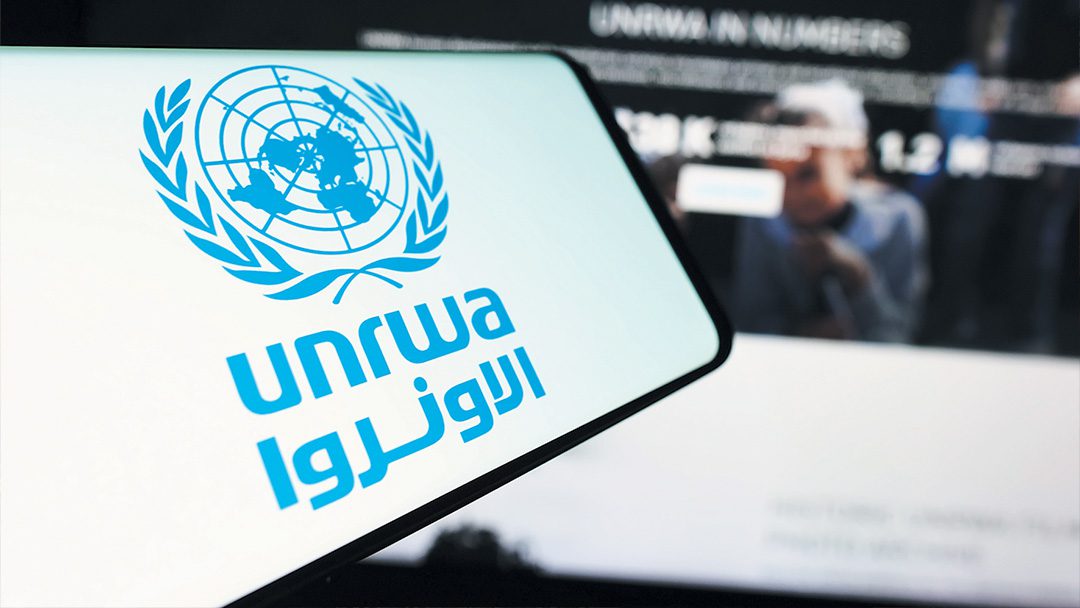

0 Comments